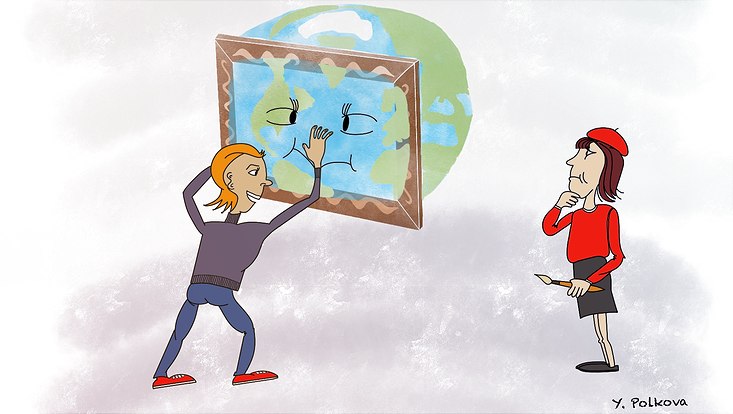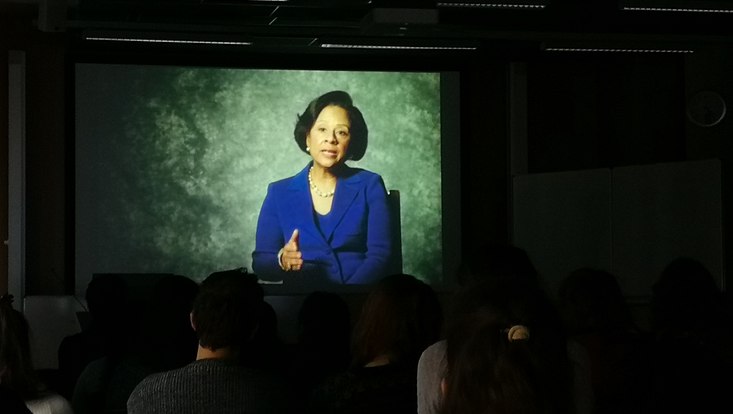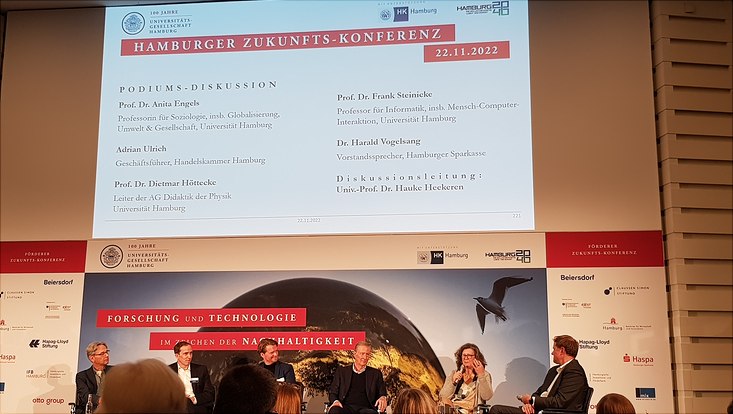“Science through Art” networking event
11 February 2022, by Iuliia Polkova

Photo: Iuliia Polkova
For the third year, I have participated in the Green Tease networking event on communicating “Science through Art” organized by Creative Carbon Scotland. I had the pleasure to be a plenary speaker in the first event back in 2020 describing our research collaboration on the application of climate predictions. In the second event “Ocean ARTic” and in this third recent event, I was pitching from the scientists’ perspective on engaging in art-science projects. It is just three sample points in time, but I saw a shift in the topics that have been discussed now and then. Though scientists would warn to conclude on the 3-sample observation :-).
Here is what I noticed. In the first meeting, we talked about how to match scientists with artists. Scientists are seen as shy species who prefer to hide in their offices and do their sciency stuff, while artists are assumed to be open-minded and communicative. We thus spoke about those real differences and stereotypes, and explored the ways and touching points to connect these two species. In the second meeting, we talked about science through art communication and more concretely about what to communicate, who should communicate and how to communicate. We, humans, perceive information in different ways. Someone focuses on the details, whereas others see the big picture. Some see challenges, whereas others focus on solutions. Some like reading, whereas others prefer to watch a movie. It is maybe due to our diversity that we have a variety of art directions via music, sculpturing, painting, storytelling, etc. to convey meaning to different people. From this variety of art realizations very nice art-science projects emerged, some of which got featured in these art-science networking events. The art-science projects show that art can, not only demystify science and improve public engagement for research projects, but also build an emotional connection to science, enrich science with new empirical data, and even offer artwork as a research field.
Thus, my impression is that our discussions evolved from those early questions spanning around where to find scientists or artists to how we concretely organize and fund art-science projects. Pure research projects usually have specific purposes for which resources can be spent. And art projects are not necessarily on this list, although it might just be a matter of wording and showing the relevance of artwork for the research project. The European Union-funded research projects usually include public engagement and science communication to a broader audience. These research projects are more likely to be open for funding art-science cooperation. Thus, if you consider "Science through Art" communication within your project, plan also to allocate dedicated researcher’s time to this activity, and think of inviting "artist in residence". Allocating the researcher’s time for such cooperation is crucial; one should not expect that this somehow can magically be done along with the research work. If science communication is to be good, there should be dedicated time for it. Want to know more? Creative Carbon Scotland is a good starting point for reaching out to the network of artists and numerous art-science networking events.
About the author
Dr. Iuliia Polkova is a climate researcher with keen interest for making climate predictions useful for society.


